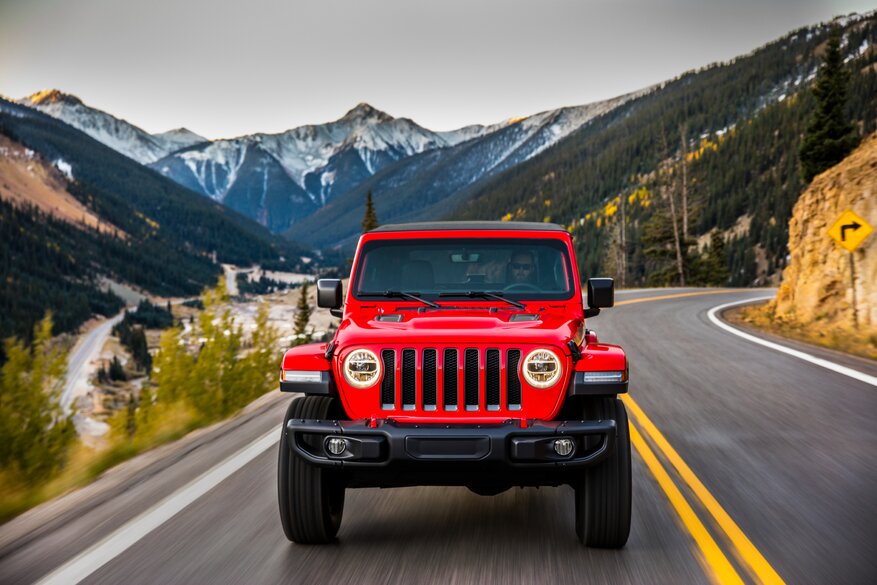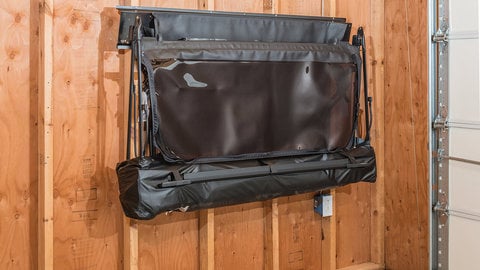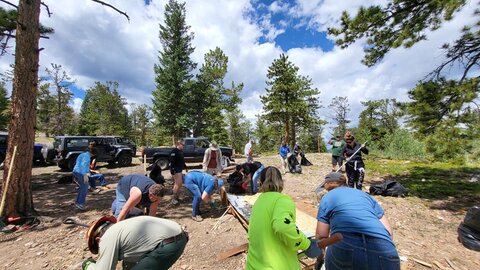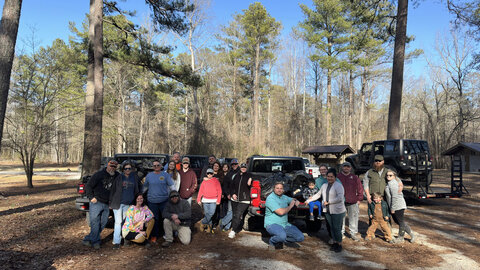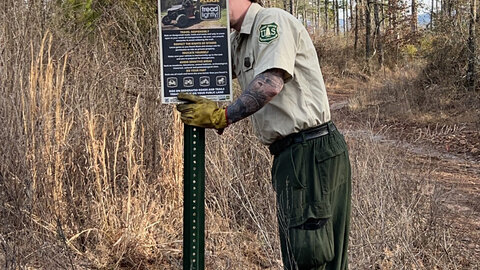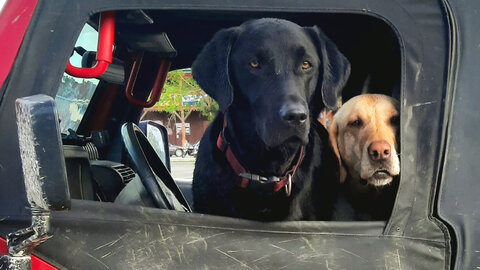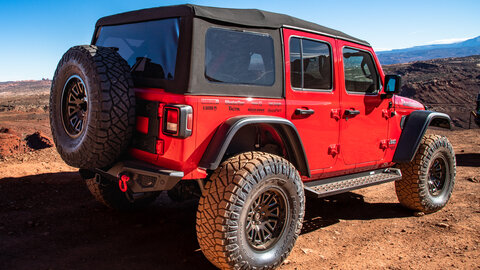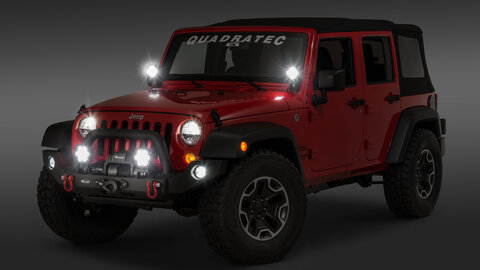by Matt Konkle
Managing Editor
After a nice, warm summer, most out there are preparing their Jeep vehicles to deal with a long winter. And for many, that winterizing process also includes dealing with higher fuel prices.
And while there isn't much to do about the price of gas or diesel, there are some common-sense things that you can put into action in order to be a less frequent visitor at the pump.
Now keep in mind, no matter what you do, you are not going to dramatically increase fuel economy — especially if you’ve added larger tires, heavier bumpers, a winch, new suspension components, or any other heavy item. But with some common sense improvements, you can definitely ensure you aren’t unnecessarily wasting money.
So here are five basic tips to help you save gas and better enjoy your Jeep.
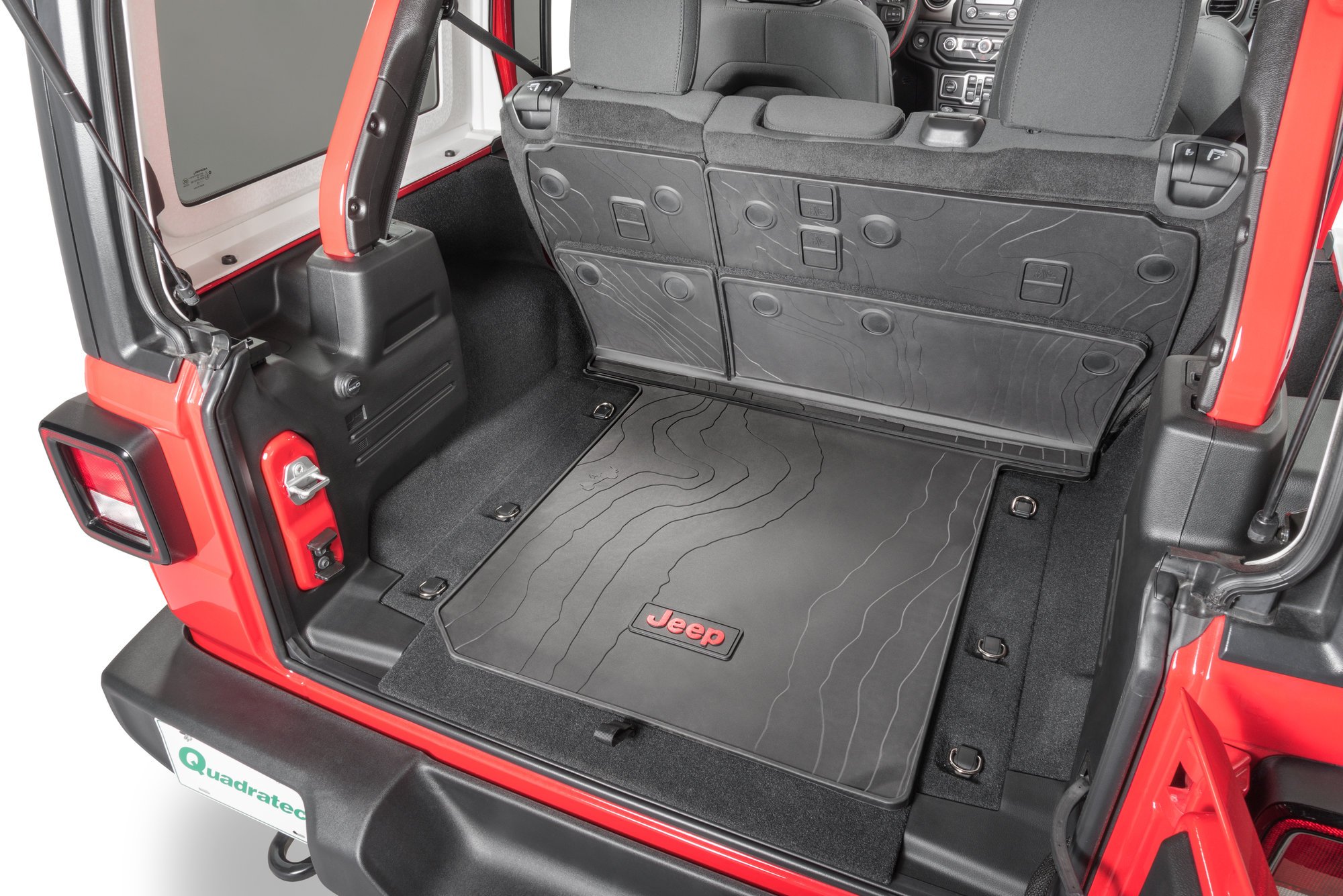
Empty Your Trunk and Reduce that Weight
A heavy Jeep is not a fuel-efficient one. So unless you are headed to the trail, or really need something for the day, you should remove anything inside that is weighing you down. We’re talking stuff like bottle jacks, beefy tool bags, air compressors, camping stuff, fridge freezers, or recovery gear.
It does not even need to be Jeep-related heavy items, as golf clubs or other sports equipment gear can add unnecessary weight as well. So can yard equipment or grocery items like packs of water or cans of food. It may be more convenient to have those things inside the vehicle, but your Jeep shouldn’t serve as a storage unit unless you specifically need items for an adventure. Not if you want to improve gas mileage.
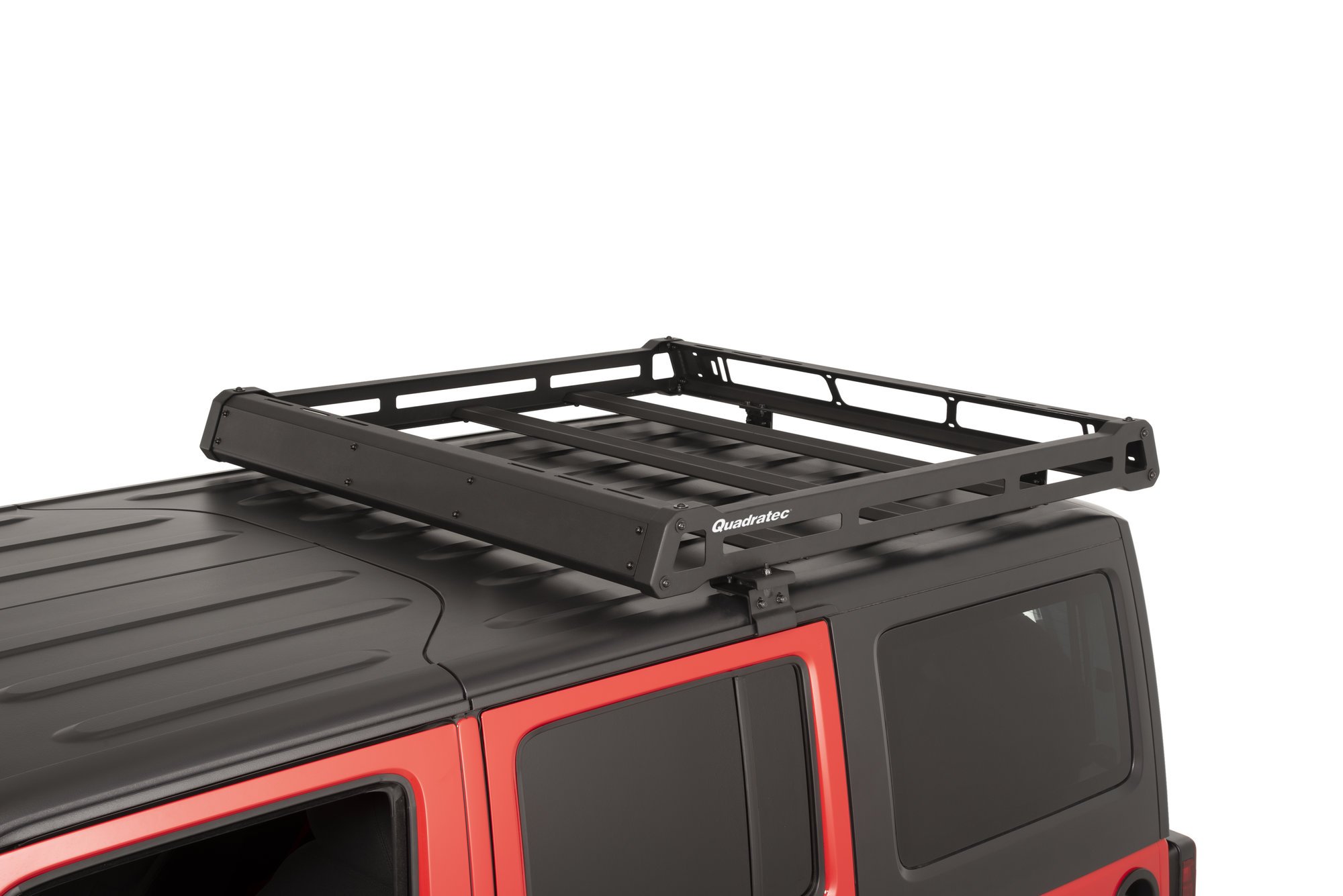
Regular Maintenance and Limit Drag
When is the last time you changed your oil, or replaced that air filter? Heck, do you still have that roof rack installed that you aren't using right now?
You may think these are unrelated to increased fuel mileage, but in reality, clean oil in your Jeep's engine decreases friction which, in turn, will improve that miles-per-gallon number. Additionally, a fresh air filter ensures optimal airflow into that engine so it can perform its best.
Up top, roof racks not only add extra weight, but they also add wind resistance even when it is just the rack itself. So if your plans for the week, or weekend, do not include taking a lot of items along for the ride, then grab those tools and ditch the rack until you need it again.
If you do have some activities in the works, think about using a spare tire or hitch-mounted rack as these sit directly behind the vehicle and have a much smaller mileage penalty.
Think About Keeping the Start/Stop Engaged
Those with the latest generation Wrangler JL model know it came from the factory with an engine stop/start feature. Basically, the vehicle’s computer shuts the engine down temporarily when the Jeep is stopped for longer than a few seconds. Then, when the brake is released, the engine roars back to life.
For many, it is an annoying feature that is almost immediately disabled before driving, or something defeated permanently with a programmer such as a Tazer.
However, the gas savings on a start/stop enabled vehicle is real. That’s because once you are stopped with the engine still running, your Jeep begins wasting fuel after about seven seconds. It could be a traffic thing, or a waiting in the parking lot while someone runs into a store thing, but if you want to maximize your fuel economy, leave that start/stop alone. Or, at the very least, turn off the Jeep if you know you are going to idle for a while.
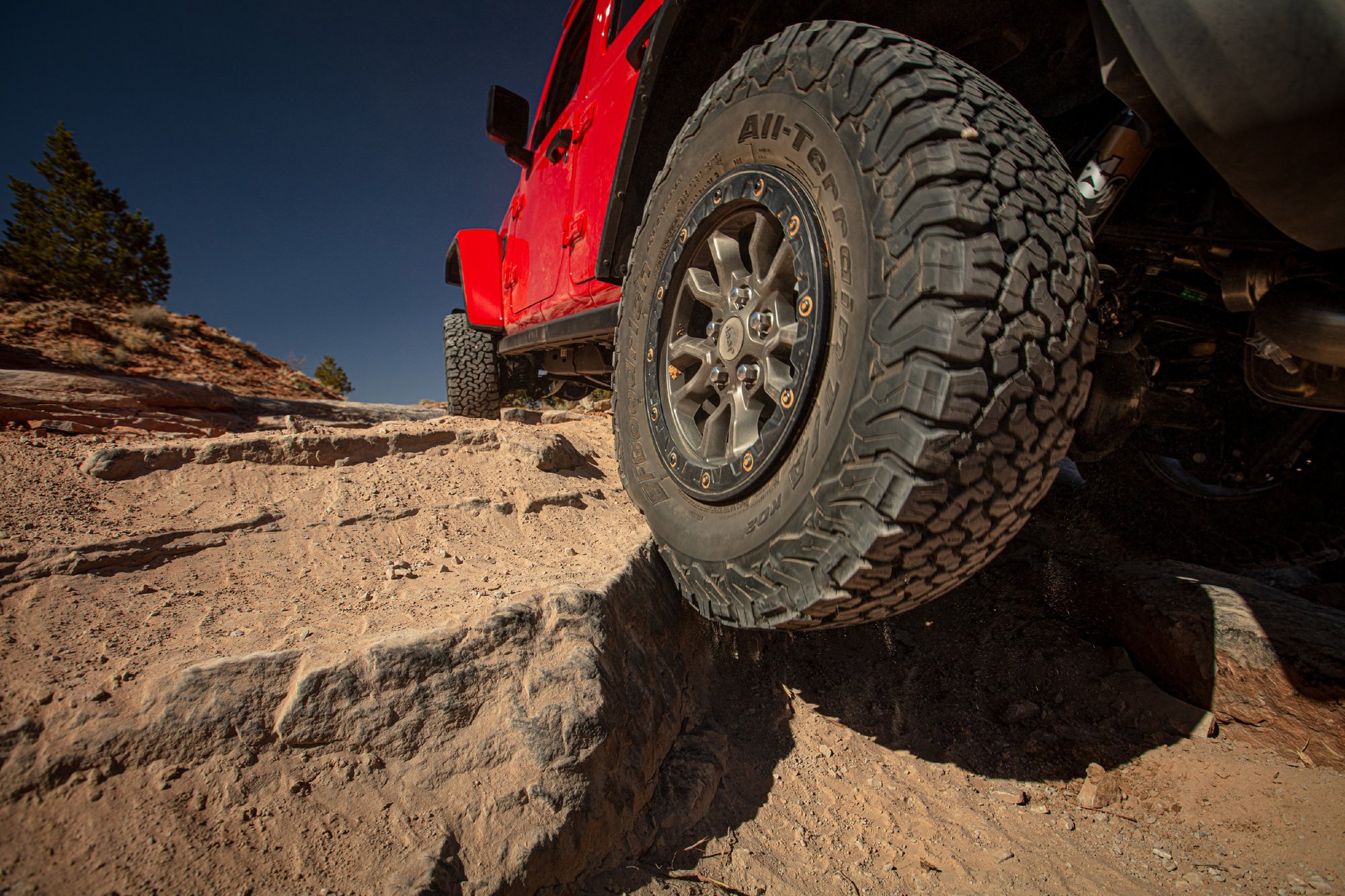
Don’t Rely on the TPMS. Check Your Tires Regularly
The air inside your Jeep’s tires doesn’t stay there forever. Sure, it’s not all going to leave at the same time unless there is some kind of major bead or puncture issue, but it is always escaping. On average, your tires lose about one psi (pounds per square inch) each month. Additionally, they can adjust around 1-2 psi for every 10 degrees of temperature change.
Now, the good thing is most vehicles these days include a tire pressure monitoring system, so you’ll know if that pressure loss becomes a bit too severe. But the bad thing is most of those systems will only activate after about a 25 percent loss of pressure.
So the best thing you can do is to regularly check that rubber every few days so you’ll know if/when its time for some air. Also, make sure to check while the tires are cold for the best result.
Under-inflated tires not only wear differently over time, which can cause other tire problems down the line as well as a more difficult driving environment, but they also make your engine work harder due to increased rolling resistance and friction. These tires require more gas to turn and, well, you know where that leads.
So what is the correct pressure? Well, if you are running factory tires, the inside of your driver's door will tell you the proper tire pressure to run. For example, the Wrangler JL lists the factory cold tire inflation pressure at 37 psi. If you have swapped to larger aftermarket tires, then check online to see if your tire manufacturer has a recommended pressure for your size, or do a chalk test to determine the best tire pressure for you.
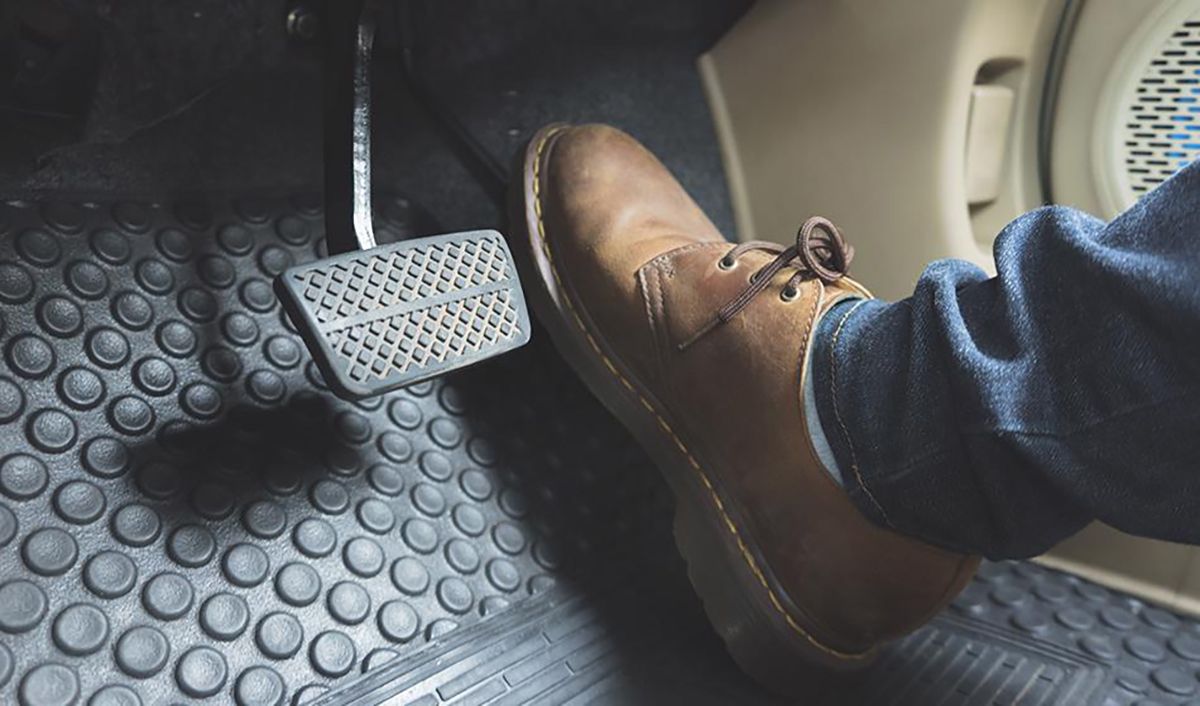
Lighten that Foot
Look, unless you are the proud owner of a 392 Wrangler, we all know a Jeep will never be confused with sports' car acceleration. However, the rules of fuel economy still apply even though your Jeep doesn't exactly leap into action from a standstill.
The harder you press the accelerator, and the higher you speed, the more gas is required to get you there and maintain that speed. And as a daily driver, in many cases, you’ll need to be at those higher speeds. So instead of roaring that Jeep off the line with a sudden acceleration, work on smoother, more gradual starts, as well as trying to avoid jerky stop-and-go driving. Try to achieve somewhat slower starts, keeping that speed steady and driving around the speed limit because your fuel tank will thank you.
Related Articles:
How To Keep Your Jeep Tires Properly Inflated












